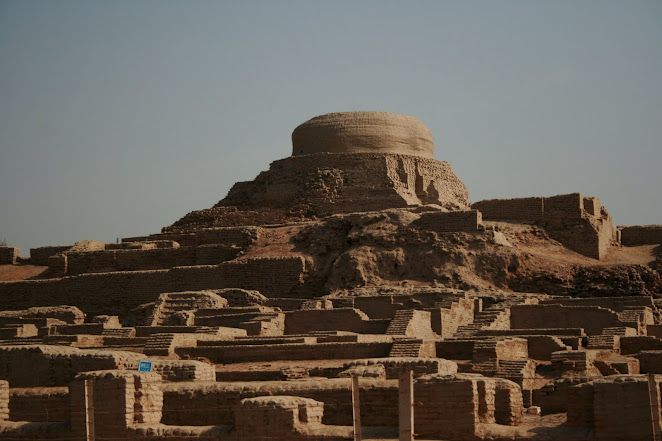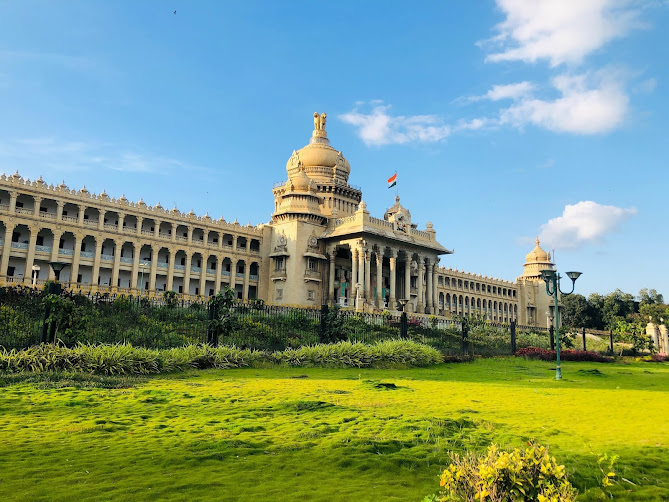Fascinating Discovery At Harappan Site - Laddus and Dairy Products
The recent discovery at the Harappan Site which is quite fascinating is that,
- Laddu - Yes Yes the Indian Dish laddu was discovered here
Multigrain Laddu Laddu material found during an excavation in Rajasthan, seven laddus were discovered in 2017 during the excavation of a Harappan Archeological site in Binjor (Western Rajasthan). Scientific research on materials found during excavations in Rajasthan reveals that Harappa people were consuming high-protein, multi-grain “laddu” (food balls) about 4,000 years ago. became. Wet) climatic conditions.
Of course, this is an interesting discovery, from 2014 to 2017 totally of seven laddus were discovered. After the discovery a joint study conducted by Birbal Sahni Institue of Archeology (BSIP), Lucknow along with Archeological Research Institute (ASI) in New Delhi. This scientific study found that.
Along with seven large brown Laddus two bull figurines and a copper adze were also discovered, These food balls date back to 2600 BCE which were very well preserved.
Mr Rajesh Agnihotri senior scientist at BSIP said that these
“Laddus” was that slurry turned purple when it came in contact with water. ASI has given BSIP an aliquot (sample) of these food balls for scientific analysis.
“Initially, these food balls, excavated near the banks of Ghaggar (formerly Saraswati), were thought to have something to do with occult activity, as figurines and adzes were also found nearby,” Agnihotri said. It was.
Food balls were used to perform rituals: ASI
The Discovery of these bulls, adze and food balls suggest that Harappan people performed some sort of rituals using these items, According to Mr Sanjay Manjour director of (ASI) said that on the banks of the river Saraswathi, the nature of the ritual is not clear but it resembles like a “Pindam”, “Pinda” or “Pindan”
Another Interesting discovery from the Harappan site is:
2. Early Evidence of “Dairy Production in Indus Valley Civilization” yes, a new study has revealed that dairy products were being produced by the Haprappans 4500 years ago.
This archaeological finding has been proved scientifically that dairy production was in place in the Indus Valley Civilization in 2500 BCE and the earliest known evidence of dairy production.
Key Findings From a Latest Study:
- The results were based on Molecular Chemical Analysis of residue in shards of Pottery found at the archaeological site of Kotada Bhadli located in Gujarath. Out of 59 samples studied 22 of them showed the presence of Dairy Lipids.
- Dairy production in India began in the 3rd millennium BC and may have been a factor behind sustaining the Indus Valley Civilization.
- In a process called Stable Isotope Analysis researchers were also able to identify the type of ruminant used for dairy. The cattle used were Cows and Buffalo, not goat or sheep.
- The Harappans did not just use dairy for their household. The large herd indicates that milk was produced in surplus so that it could be exchanged and there could have been some kind of trade between settlements. This could have given rise to an industrial level of dairy exploitation.
- The archaeological team also reported which type of animals were used for dairy production. They studied the tooth enamel from fossils of cow, buffalo goat and sheep found in that area.
- Cows and water buffalo were found to consume millets, while sheep and goats ate nearby grass and leaves.
- The Harappans would have raised cows and buffaloes for milk, whereas the goat and sheep died when young later which could have been used for Meat.
Another interesting fact to be noted here is: Cheese was also produced by the people of Indus Valley Civilization 4500 years ago.
- Traces were seen in cooking vessels indicating that milk may have been boiled and consumed
- Researchers also have found residues in a bowl showing that either heated milk or curd could have been served.
- There are also remains of a perforated vessel, and similar vessels were used in Europe to make cheese.
Amul featured About this finding in its “Amul Tropical Ad”
Thank you!!
Jai Hind!!



Comments
Post a Comment